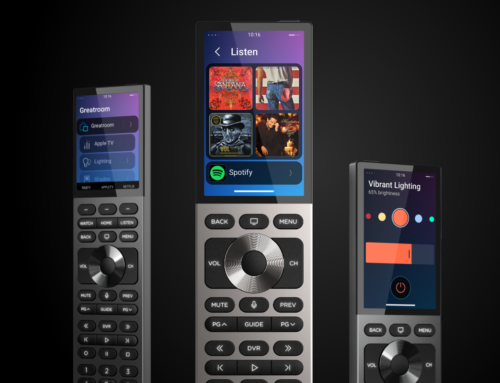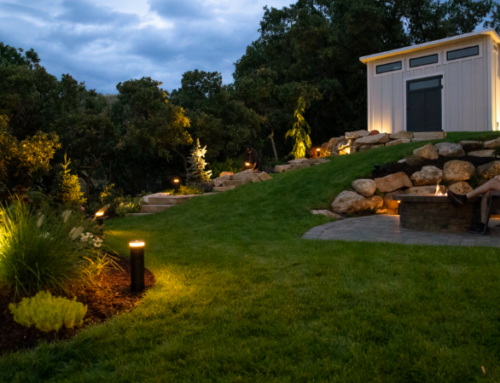Have you ever had a demonstration of a new display in store, thought it looked absolutely fantastic and then once it’s installed and setup at home it doesn’t look as good? Well, we’re able to test these displays in real life scenarios, making sure we can provide the best advice on what to look for when choosing your next TV.
Whether we are supplying the displays or just advising what’s best for our clients, at Pro Media Solutions we believe TV’s can make a big difference to a room. It can be the centre point of attention or hidden completely until needed. They can bring people together, create memories or can be used to share them!
There’s a lot to choose from when shopping for a TV; with a huge range of brands offering different models. OLED, Nanocell, QLED, 4K, Smart and Ultra HD are just a few of the features you’ll come across when browsing for a new display. All these may seem a little confusing but to put it into simple terms, it’s a name of the video technology used in the TV.
OLED – Organic Light Emitting Diode
This technology is found in many phones as well as TV’s. OLEDs give you better blacks than any other screen technology. They have proven to deliver outstanding colour accuracy. However, OLED panels can’t output as much light as LCD displays can, which makes them harder to see in brighter rooms. Displays are typically only found in larger sizes and at the higher price range.
Nanocell – LG’s display technology
In NanoCell TVs, pixels are aligned one nanometre away from each other, this means the screen can achieve outstanding picture and colour quality. Images appear purer, even at wider viewing angles. Perfect if you’re watching TV from the far end of the sofa. NanoCells absorb unwanted light from other pixels, meaning you get a bolder more vivid picture. These displays vary in price but typically have a thinner “nano” bezel meaning you see more screen less plastic.
QLED – Samsung’s rival technology to OLED
Q standing for “Quantum Dot” Light Emitting Diode. These TVs are a strange one in terms of technology, they still use a backlight the same as an older LCD (Liquid Crystal Display) display but take out the crystal and replace with quantum dots. This means you get bright, I mean really bright, images and colours. Samsung claim they have designed the panel to lessen the brightness but give you a great viewing angle. We couldn’t agree more, these TVs look fantastic from nearly every viewing position.
4K, Ultra HD or 4K Ultra HD?
This refers to the resolution of which the screen is capable. Most of the sources available today are 4K or have the option to switch to 4K, and most well-known streaming services provide 4K content. Nearly every new display you see for sale will be 4K; it’s become the standard for devices. But what about Ultra HD you ask? This is where things get confusing. Technically 4K consumer devices aren’t full 4K, that’s kept for the professional production and cinema standards, they’re sort of in the middle of 1080p and FULL 4K. So, the term Ultra HD was born. Manufacturers of consumer products still use the term 4K or Ultra HD or both, but in reality, it’s all just Ultra HD.
Smart TV
Most displays on the market these days are going to be ‘smart’. To simply put it, the TV has native applications and services as well as standard Freeview. These can include Netflix, YouTube, Amazon Prime, Spotify and more. Meaning you won’t have to buy a separate streaming services box to watch these applications.
We hope this demystifies some of the jargon behind TV buying, if you need to speak to an expert about which display will fit your system the best, make sure you give us a call on the details below.
Get in Touch
If you are looking at getting smart in 2020 make sure you get in touch with a member of our expert team on 0345 505 1760 or email us. You can even follow us on Facebook, Twitter and Instagram or connect with us on LinkedIn.





